
After looking at the photos, you might be asking, “Hey, where is the paint and lettering?” Well, this isn’t a production model. Instead, Broadway Limited Imports sent us a pre-production sample of its N scale Reading Co. class T-1 4-8-4 steam locomotive. The model, scheduled for release this fall, features a dual-mode Paragon4 sound decoder, […]
Read More…
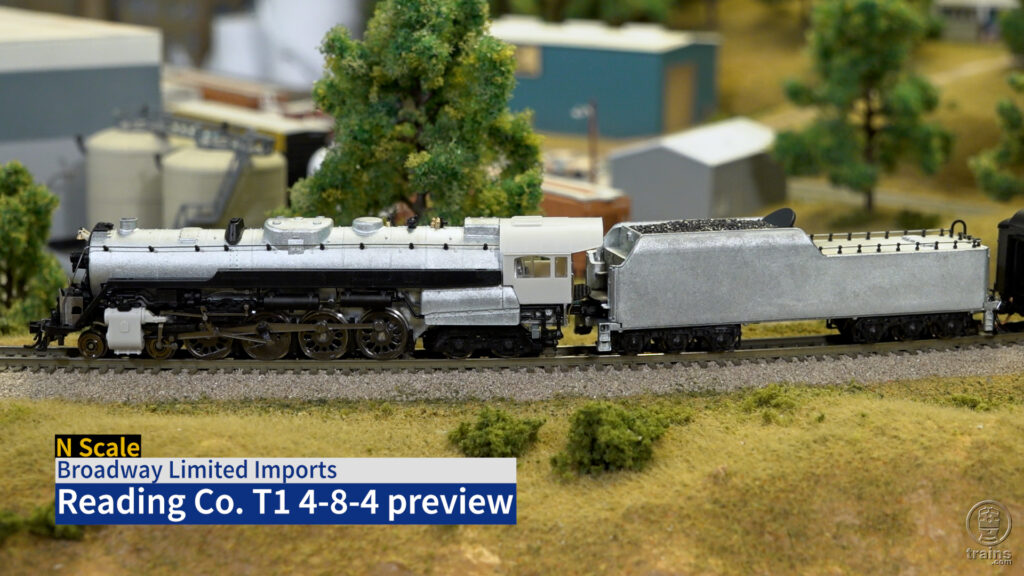
A pre-production sample of the Broadway Limited Imports N scale Reading T-1 paid a visit to our Milwaukee, Racine & Troy State Line Route layout. Model Railroader editor Eric White and senior editor Cody Grivno discuss the features on the die-cast metal and plastic model and take the 4-8-4 for a spin around the 4 […]
Read More…
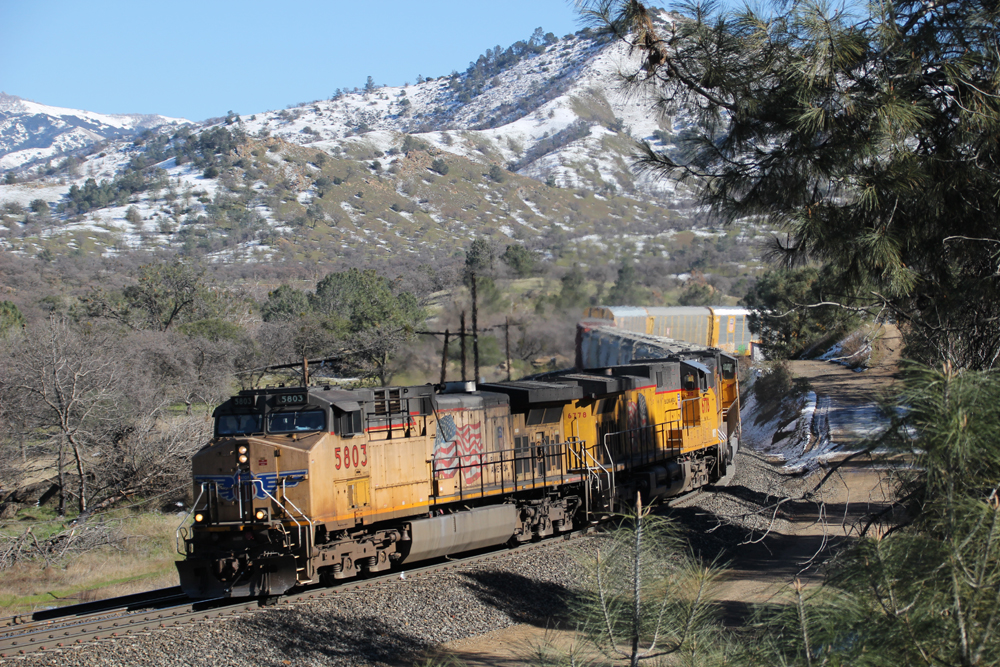
SACRAMENTO, Calif. — California has passed regulations requiring dramatic measures to reduce diesel locomotive emissions within the state — including all new locomotives to offer zero-emission operation by 2035 — although the rail industry says the rules exceed the technology needed to meet them. In a move last week, the California Air Resources Board passed […]
Read More…
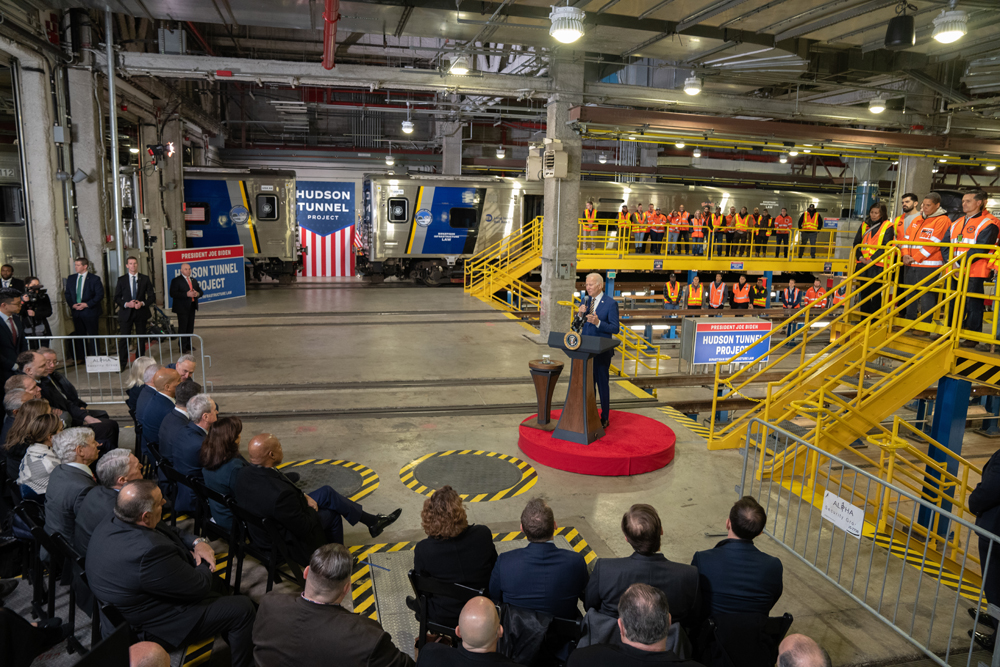
NEW YORK — The last portion of a massive concrete box to carry the planned Gateway Tunnel project under development in Manhattan will cost more than $690 million — which could leave Amtrak to come up with more than $260 million in funding, NJ.com reports. The Gateway Development Commission, the bi-state organization overseeing the planned […]
Read More…
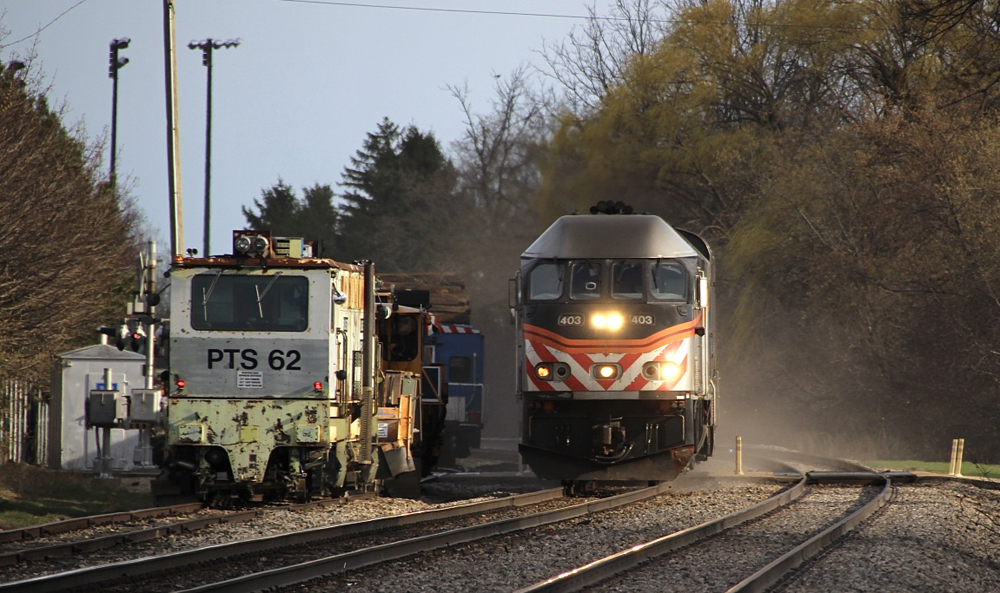
CHICAGO — Improvement projects at 28 stations highlight Metra’s construction plans. The Chicago-area commuter operator began its construction season in April and will continue projects through the fall, weather permitting. Nearly a quarter of Metra’s $119.5 million in capital spending for 2023 is focused on rebuilding or refurbishing station facilities, part of a five-year plan […]
Read More…
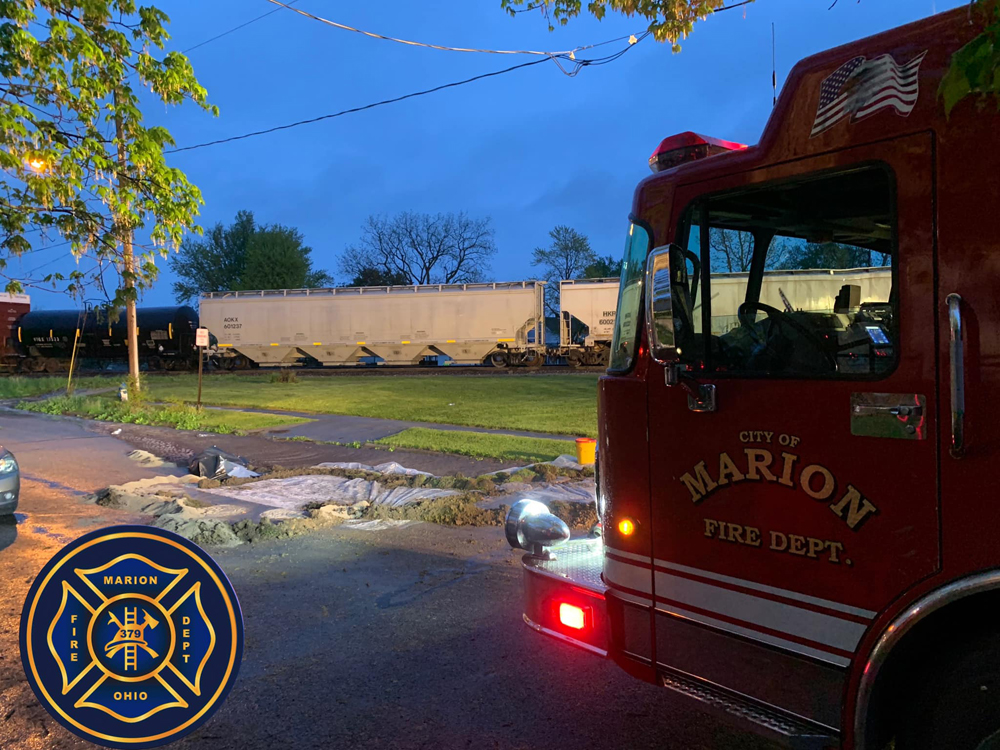
MARION, Ohio — Local, state, federal, and railroad officials were continuing clean-up and investigation this evening (Tuesday, May 2) after a freight car on a CSX Transportation train was discovered to be leaking a hazardous material earlier today. The Marion Star reports a leak of phosphoric acid was reported at 3:21 a.m. The leak from […]
Read More…
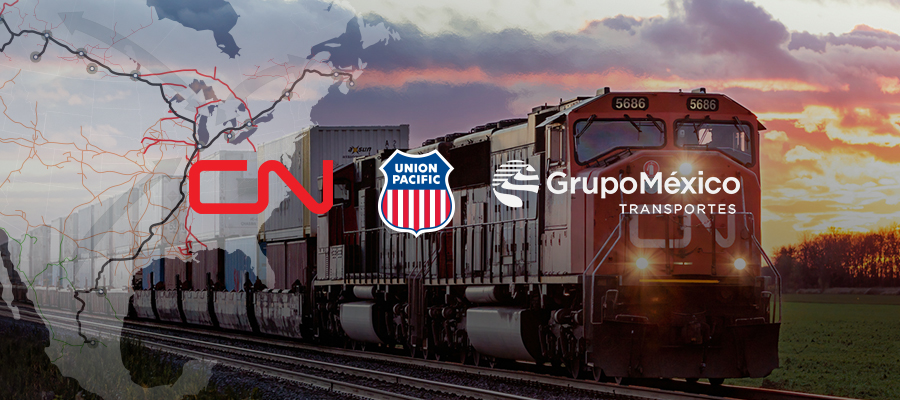
MONTREAL — Canadian National, Union Pacific, and Ferromex have significantly tightened the schedules for the new intermodal service they will launch on May 15 to link Canada and Detroit with Mexico. The changes to the Falcon Premium service, announced in customer advisories on Monday, take 40 hours out of the Detroit-Monterrey transit time and trim […]
Read More…
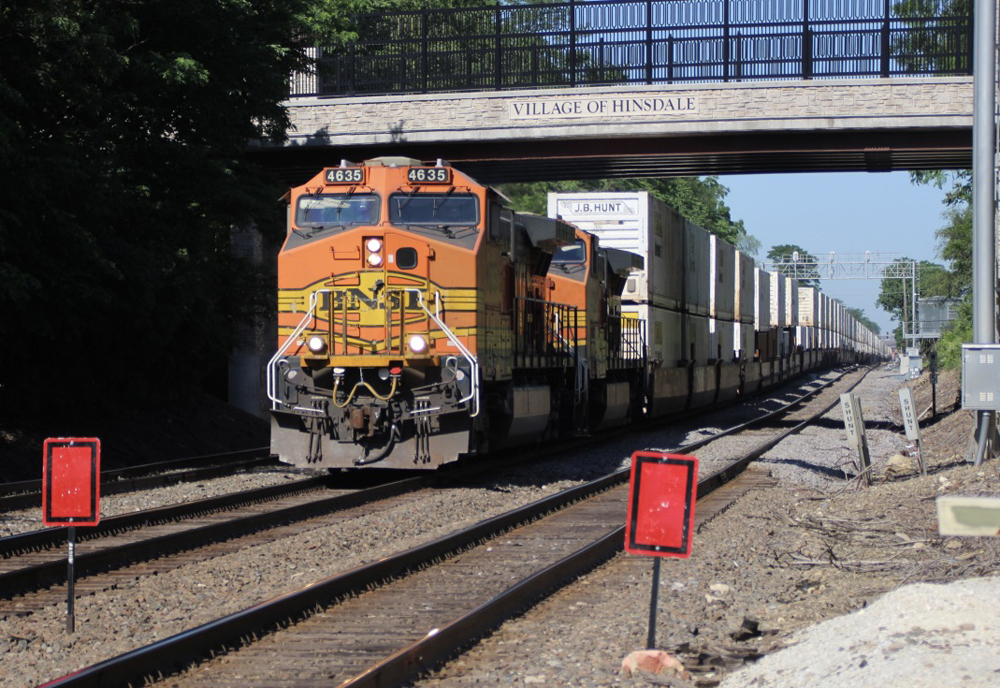
WASHINGTON — Federal regulators will require BNSF Railway, Norfolk Southern, and Union Pacific to continue to provide biweekly service progress reports through the end of the year. The Surface Transportation Board, in a decision released today, said the three systems had not yet made enough progress toward the operations, service, and employment goals they had […]
Read More…
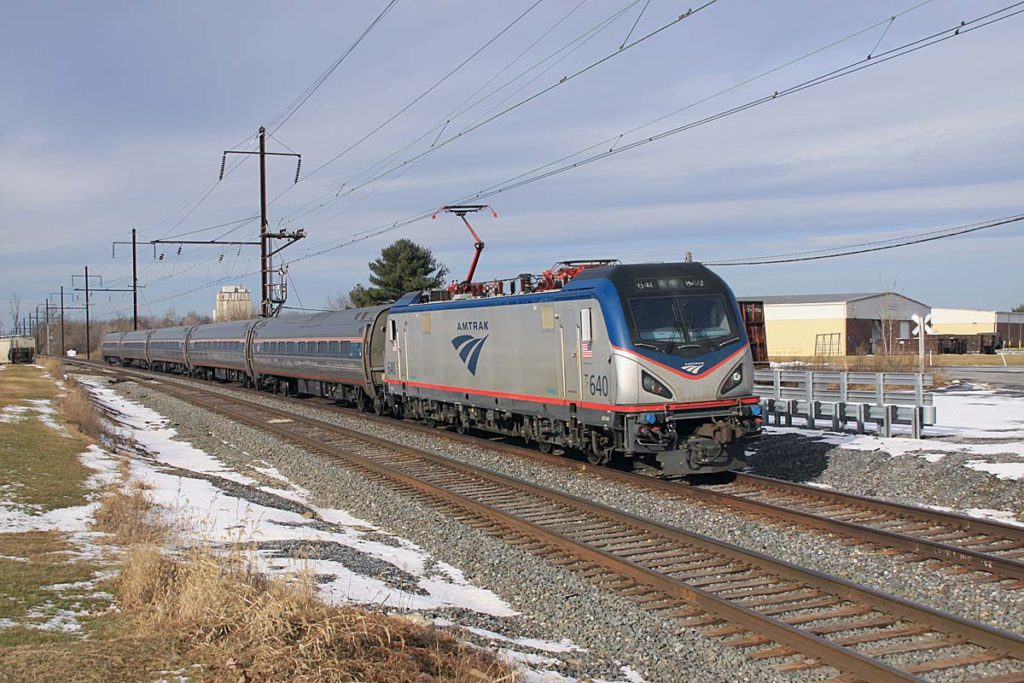
WASHINGTON — Amtrak has told federal regulators that it wants to find a way to resolve a complaint from freight customers who will lose access to Norfolk Southern service for several weeks during trackwork on the Philadelphia-Harrisburg main line. Amtrak plans to shut one track to all traffic starting this month, which would prevent NS […]
Read More…
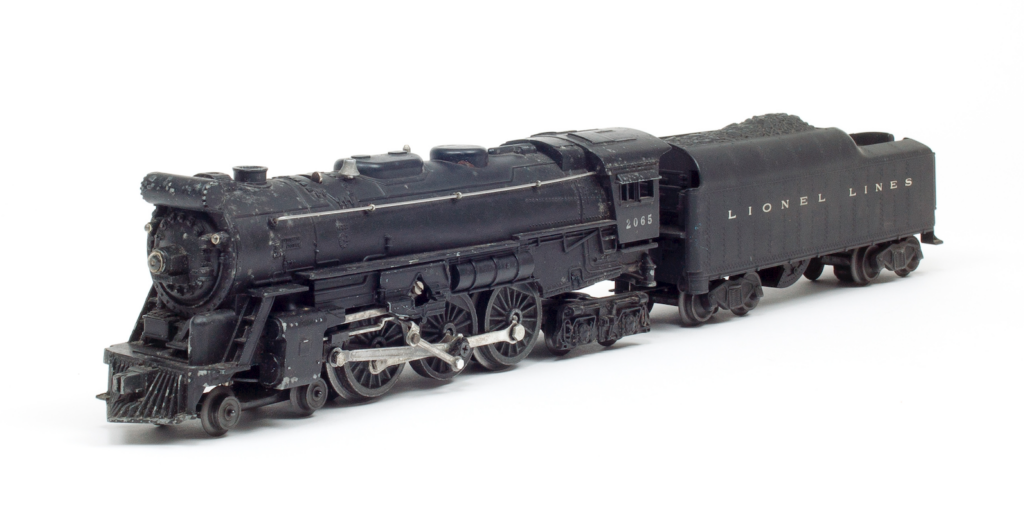
Roger Carp is Senior Editor of Classic Toy Trains and the author of numerous books about the toy train collecting hobby. What toy train locomotive means the most to you? My favorite toy train locomotive is the Lionel No. 2065 steam engine. This small Hudson isn’t the biggest, heaviest, or most expensive, but everything desirable […]
Read More…
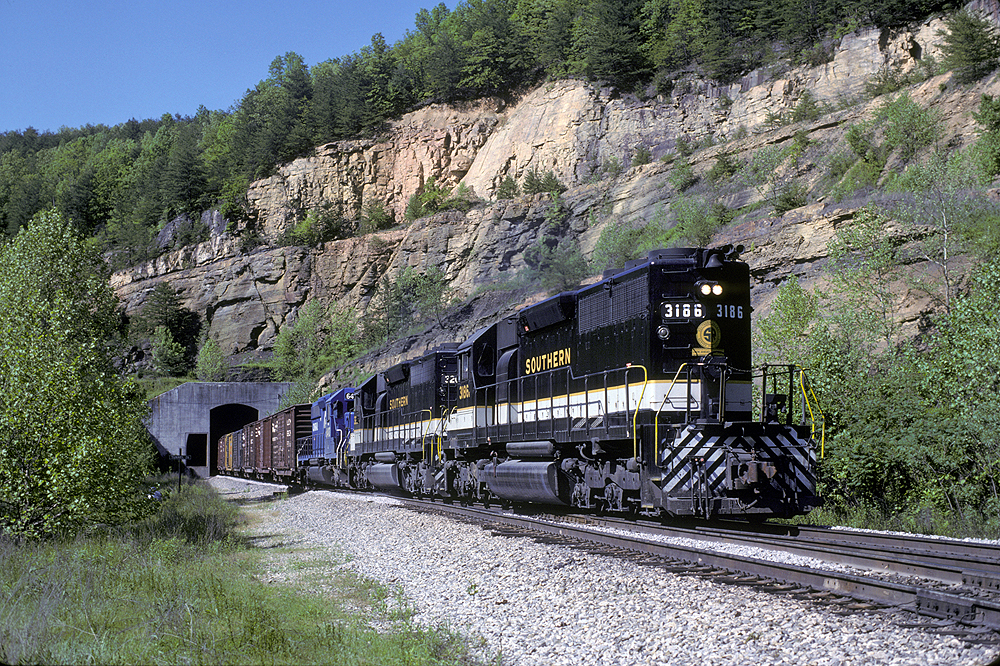
WASHINGTON — Norfolk Southern yesterday sought regulatory approval for its acquisition of the Cincinnati Southern Railway, the municipally owned railroad that forms the 338.2-mile Chattanooga-Cincinnati backbone of NS’s key corridor linking Chicago with Atlanta and the Southeast. NS asked the Surface Transportation Board to approve the $1.62 billion acquisition as a minor transaction. Norfolk Southern […]
Read More…
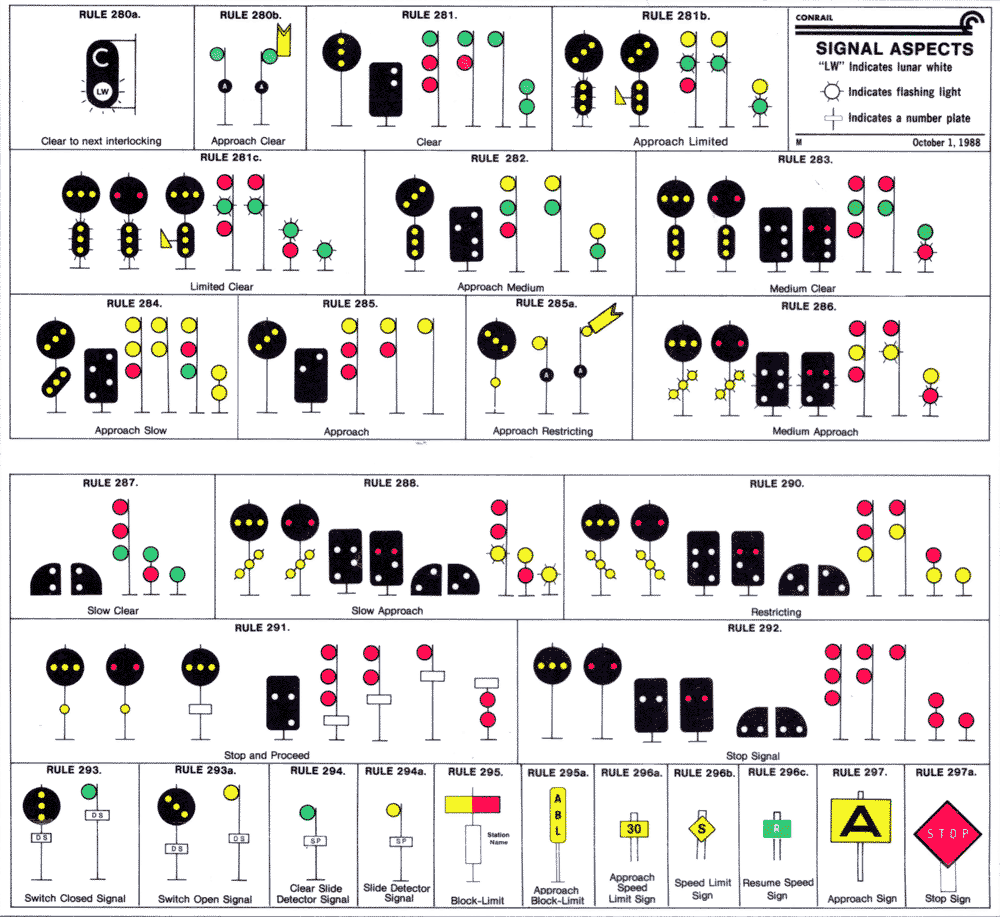
Admit it: Do you know what railroad signals mean? Do you panic when you shown up for an operating session at a strange layout and see it has working signals? Railroad signal aspects aren’t as simple as traffic lights. In addition to stop, caution, and go, railroad signals can mean stop and then go, keep […]
Read More…












